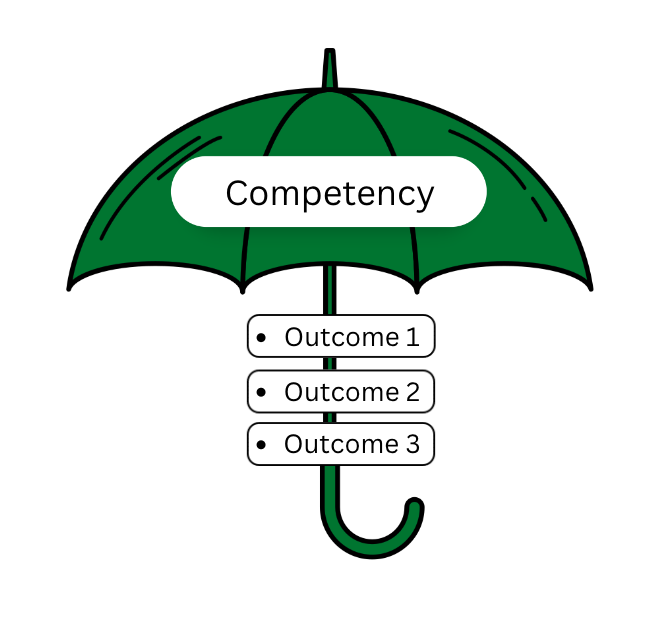Seeing the Beauty
By Carolyn Hoessler
There is something exciting, captivating and intriguing when working through an analysis and seeing the ideas crystalize or flip through the writings of colleague and see the connections to other papers, and to other ideas. The experience of excitement, in my case over a well-selected and implemented statistical analysis or assessment, draws us deeper into our fields of study and expertise.
There is something intrinsically motivating (Ryan & Deci, 2000) about such exploration and devotion to learning and discovering more. Sure there are moments that seem like struggles when shopping an article or book for publishing, wrestling for time for deep critical thinking, or running into unexpected results and paths. But there are still moments of stunning beauty in our endeavours.
 What intrigues you and grabs hold of your curiosity so much that you dream of it? What lies on the horizon you are seeking to reach? In short, what are your goals and your motivations?
What intrigues you and grabs hold of your curiosity so much that you dream of it? What lies on the horizon you are seeking to reach? In short, what are your goals and your motivations?
Articulating these goals and motivations (and posting or keeping them filed nearby) enables us to:
- Be reminded of why this matters when the going gets tough
- Be more efficient by identifying what is essential to our specific goals and what is tangential. For example, which grants to apply for or which teaching activities assessments align with our specified learning outcomes (Biggs, 1999)
- Clarify for ourselves, for our students and for our readers where our research project or the current topic fits within bigger picture of your field
- Specify what the long-term rewards are that you working towards through “active waiting” (Boice, 2000) or other strategies as new (and not so new) faculty and professionals.
Ours goals and motivations for teaching a topic to our students form the basis of our teaching philosophies that can be articulated as a statement within your teaching portfolio. This time of year, students face the mid-semester slump– that post-midterm drop in urgency combined with being overwhelmed of what remains to do. They need a shift in focus to the bigger picture and a boost of motivation to continue moving forward (as noted by Gail Krovitz in her edudemic post). Our students need a reminder of the beauty of the discipline and to hear you share your excitement for the topic, in addition to any practical uses of the information that sparks their intrinsic and extrinsic motivation, respectively (Ryan & Deci, 2000).
However, it is not only our students who need a change in pace, but ourselves as well. For it is easy to get lost in the details and in the stacks of pages, yet energizing to get lost in the beautiful ideas of our field.
References:
Biggs, J. (1999). What the student does: teaching for enhanced learning. Higher Education Research & Development, 18:1, 57-75. http://dx.doi.org/10.1080/0729436990180105
The Biggs, 2012 article is an anniversary special issue reprint.
Boice, R. (2000). Advice for new faculty members: nihil nimus. Needham Heights, MA: Allyn & Bacon. http://www.pearsonhighered.com/educator/product/Advice-for-New-Faculty-Members/9780205281596.page
For a book review see: http://muse.jhu.edu/journals/journal_of_higher_education/v073/73.1centra.html ]
Available in our GMCTE library.
Krovitz, G. (November 10, 2013). Zombie students: How to avoid the mid-semester slump. Edudemic : Connecting education & technology. http://www.edudemic.com/zombie-students-10-ways-beat-mid-semester-slump/
Ryan, R. M., & Deci, E. L. (2000). Self-determination theory and the facilitation of intrinsic motivation, social development, and well-being. American Psychologist, 55, 68-78. doi: 10.1037110003-066X.55.1.68
Picture courtesy of CIAT International via Flickr with a Creative Commons license (Attribution – Share Alike – Some rights reserved)


